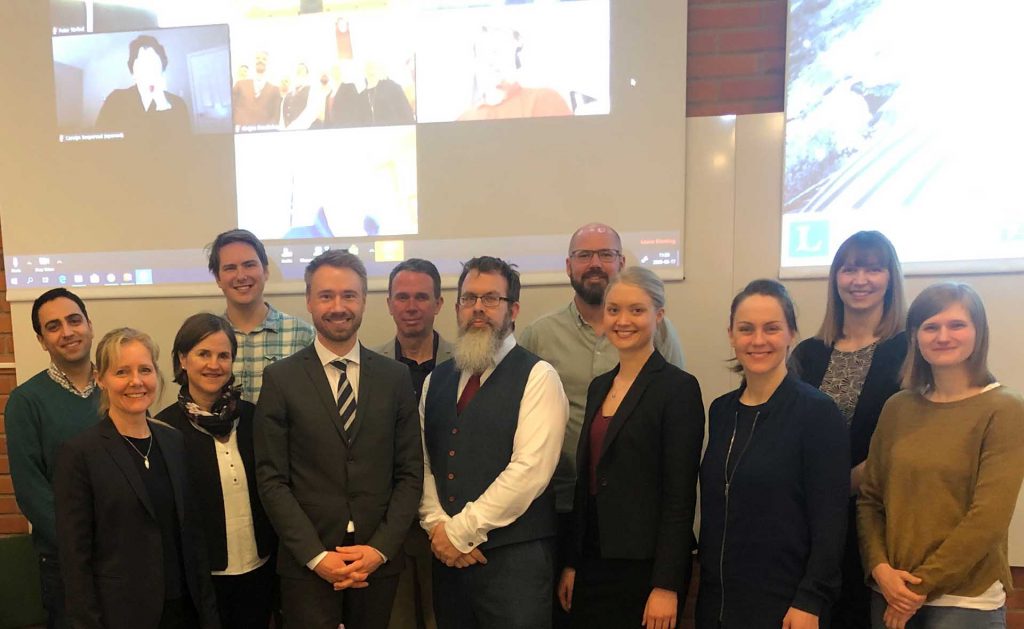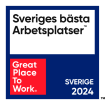LTU and GKN Aerospace develop 3D-printing for space rockets

Additive manufacturing, also known as 3D printing, using metals for components in engines, satellites and other products has the potential to transform the aerospace industry. The research project is one of eight collaborations between Luleå University of Technology and space industry initiated through the regional development project RIT2021. Another eight projects is underway.
Entering a new dimension of product innovation
Christo Dordlofva, Luleå University of Technology, who recently defended his doctoral thesis on the subject explains the potential:
Additive manufacturing can reduce lead time and cost for production and development of aerospace components. At the same time there is potential to accelerate innovation by enabling new design possibilities.
Creating safe and functional products
For space engineers and companies like GKN Aerospace, uncertainties related to the functionality and safety of 3D printed components needs to be controlled. For a new technology like additive manufacturing there is a lack of established guidelines and standards for development and manufacturing that meet the strict requirements on materials and components for aerospace. Christo’s research has focused on understanding how companies within the space industry can develop an understanding of additive manufacturing and how product quality can be assured already during design.
– Partnering with academia is key to our strategic position in the market. Collaborative research projects give us an opportunity to drive innovation in areas within and beyond our current offer, says Patrik Johansson, GKN Aerospace.
”Supports growth and competitive advantage”
The research collaboration is made possible through RIT2021 – a regional development project with focus on creating growth in the space sector. With a total of 5.6 million Euro, RIT2021 is supporting and facilitating development between 2019 and 2021 where industry-academia collaborative research is a key priority. To date, this has resulted in eight collaborative R&D projects between academics at Luleå University of Technology and leading Swedish space industry and another eight is underway.
Our vision is for RIT2021 to benefit all stakeholders by uniting cutting-edge research and industry. In this case, Christo’s research provides the industry with insights to leverage their competitive advantage, as well as contributing to keeping the Swedish space sector at the forefront of innovation.
– Establishing industry standards will open up to small- and medium enterprises within additive manufacturing to become suppliers to aerospace, says Johanna Bergström-Roos, project manager of RIT2021.
Background – about the space sector
The global space economy is estimated to more than US$ 400 billion and is growing rapidly as new technology presents an unprecedented opportunity for private sector actors to enter the market.
Background – RIT2021
RIT2021 is a regional development project initiated by Luleå tekniska universitet, LTU Business, IRF and Arctic Business, with support from OHB Sweden, SSC, GKN Aerospace, Region Norrbotten, Kiruna Kommun, Luleå Kommun, Sparbanken Nord and EU. Industry-academia joint research projects is one of four strategic plans within the programme.


